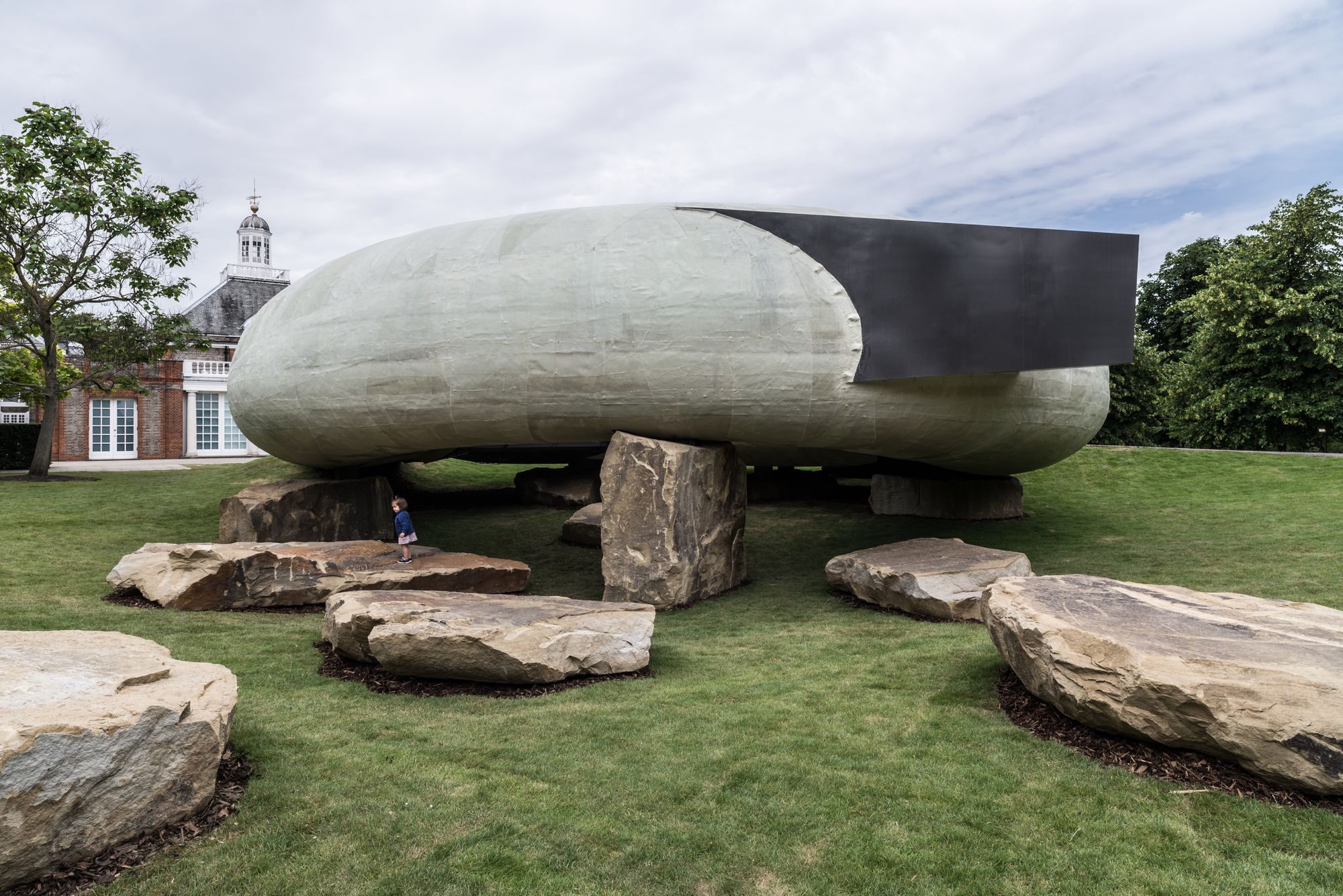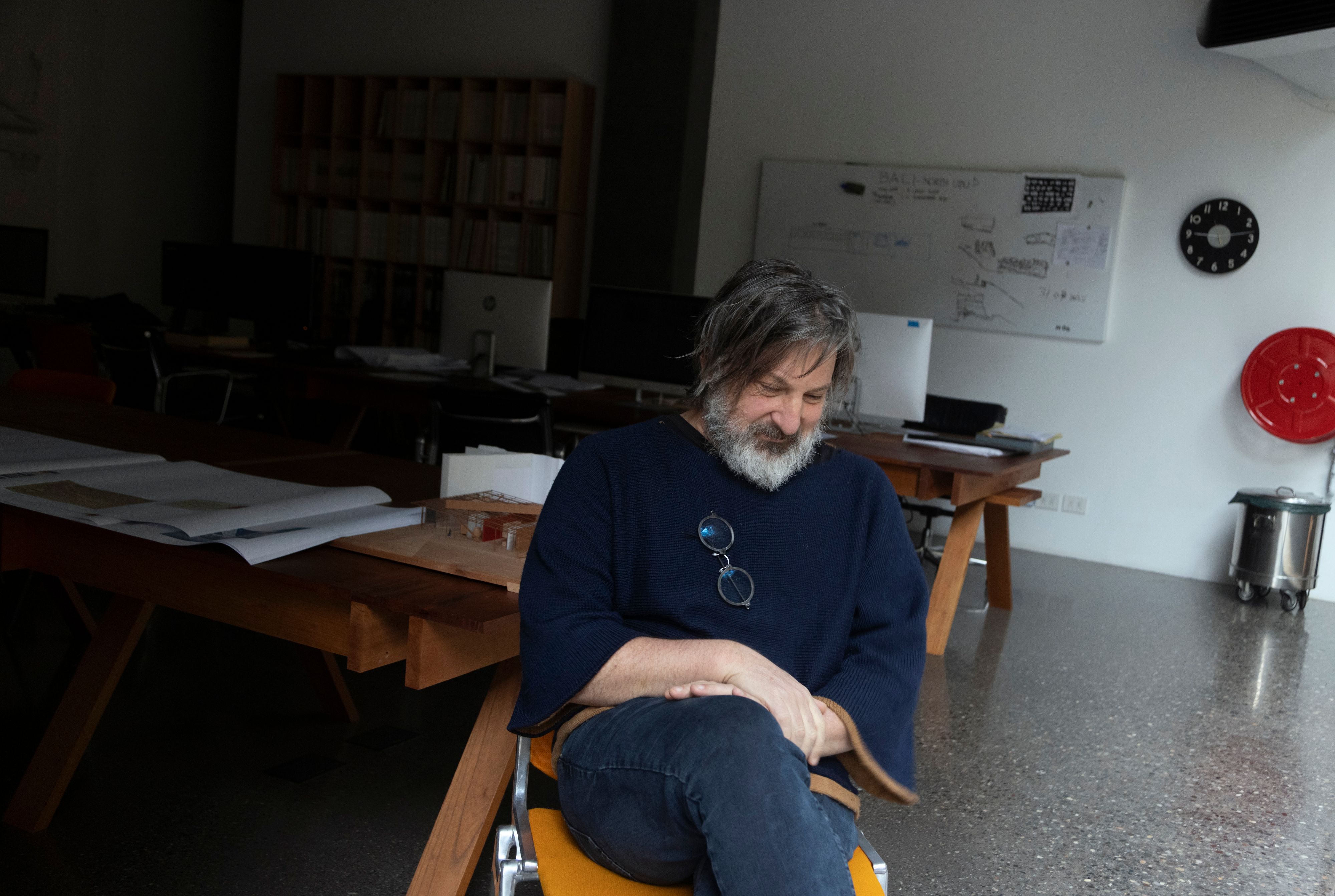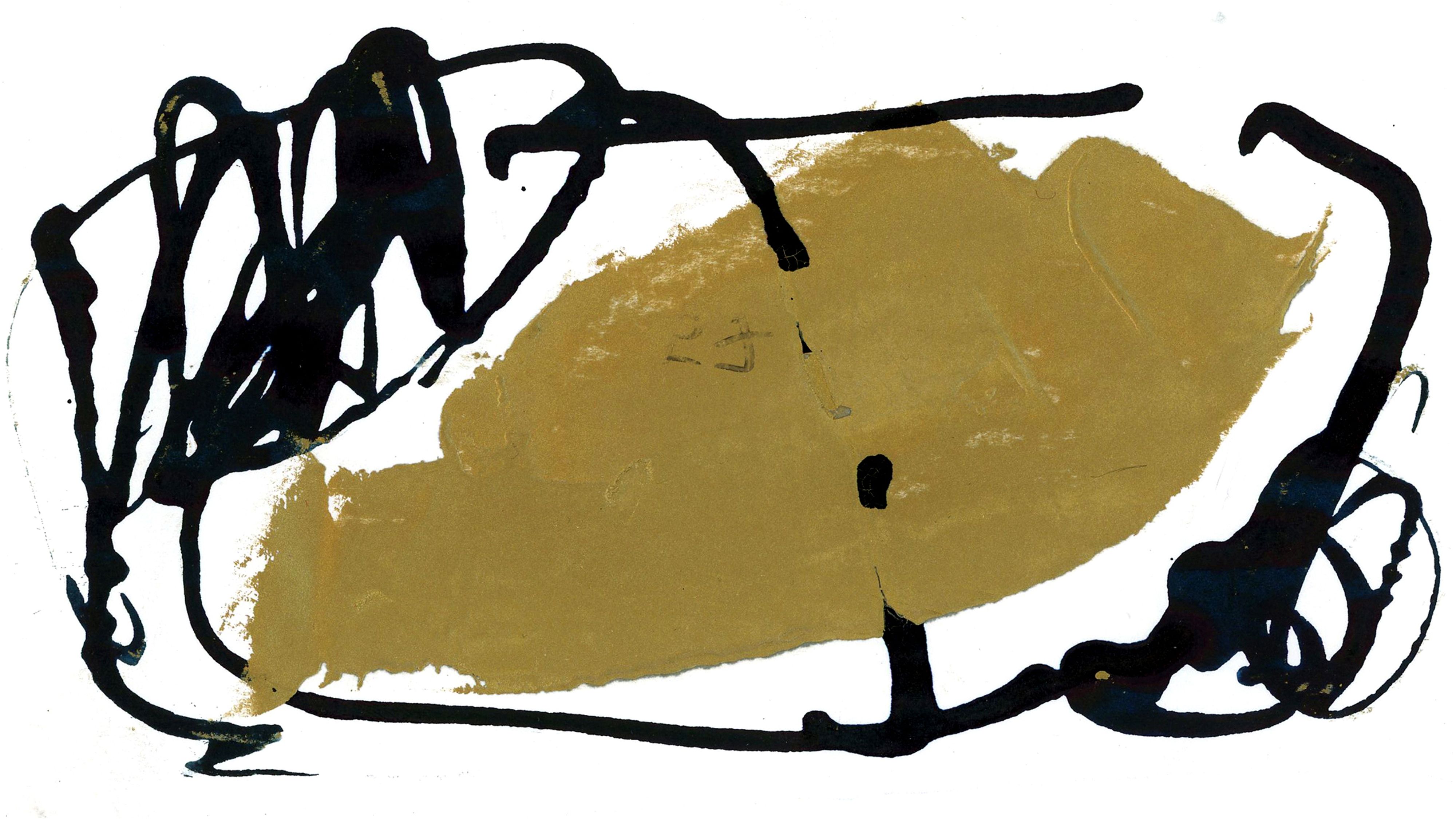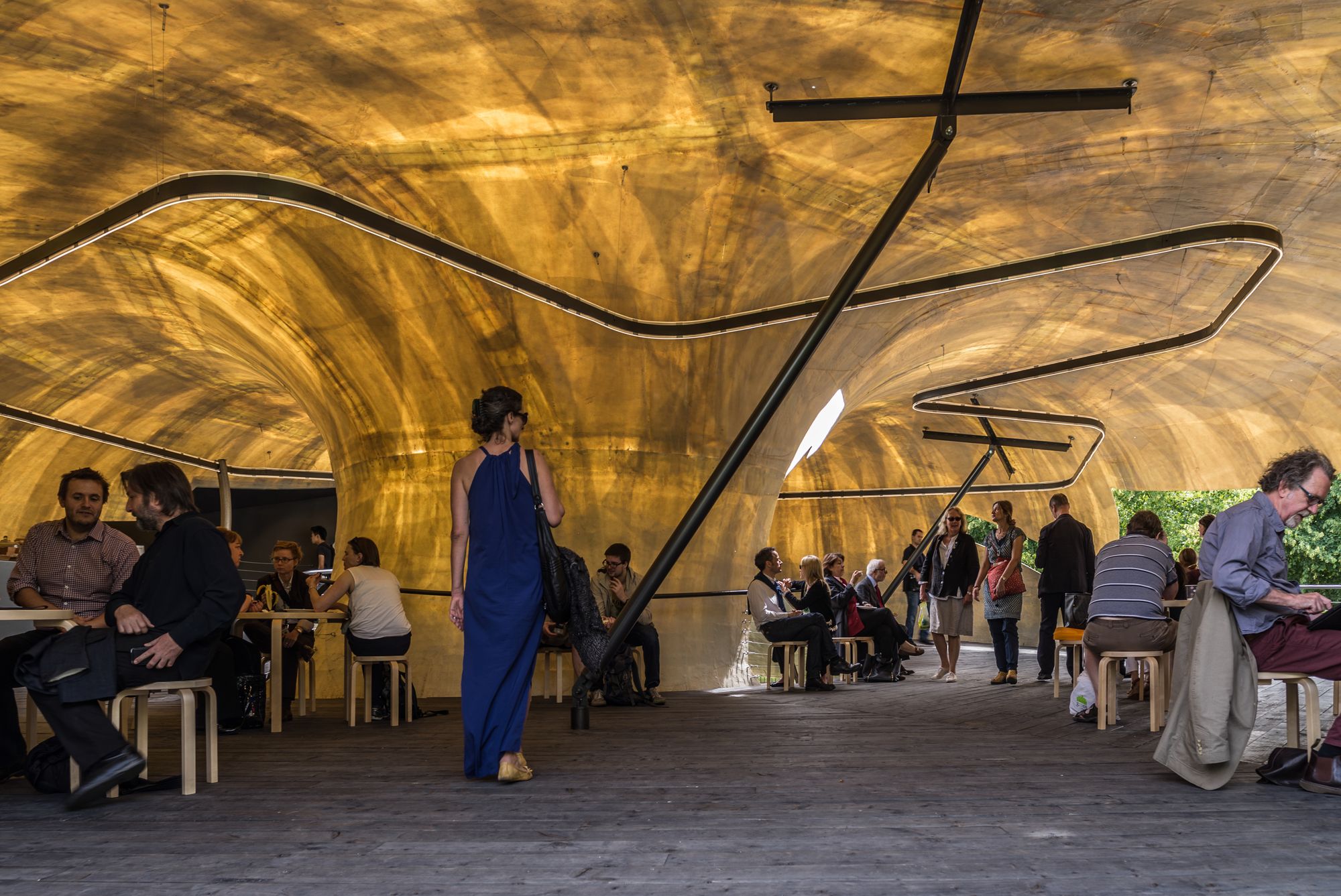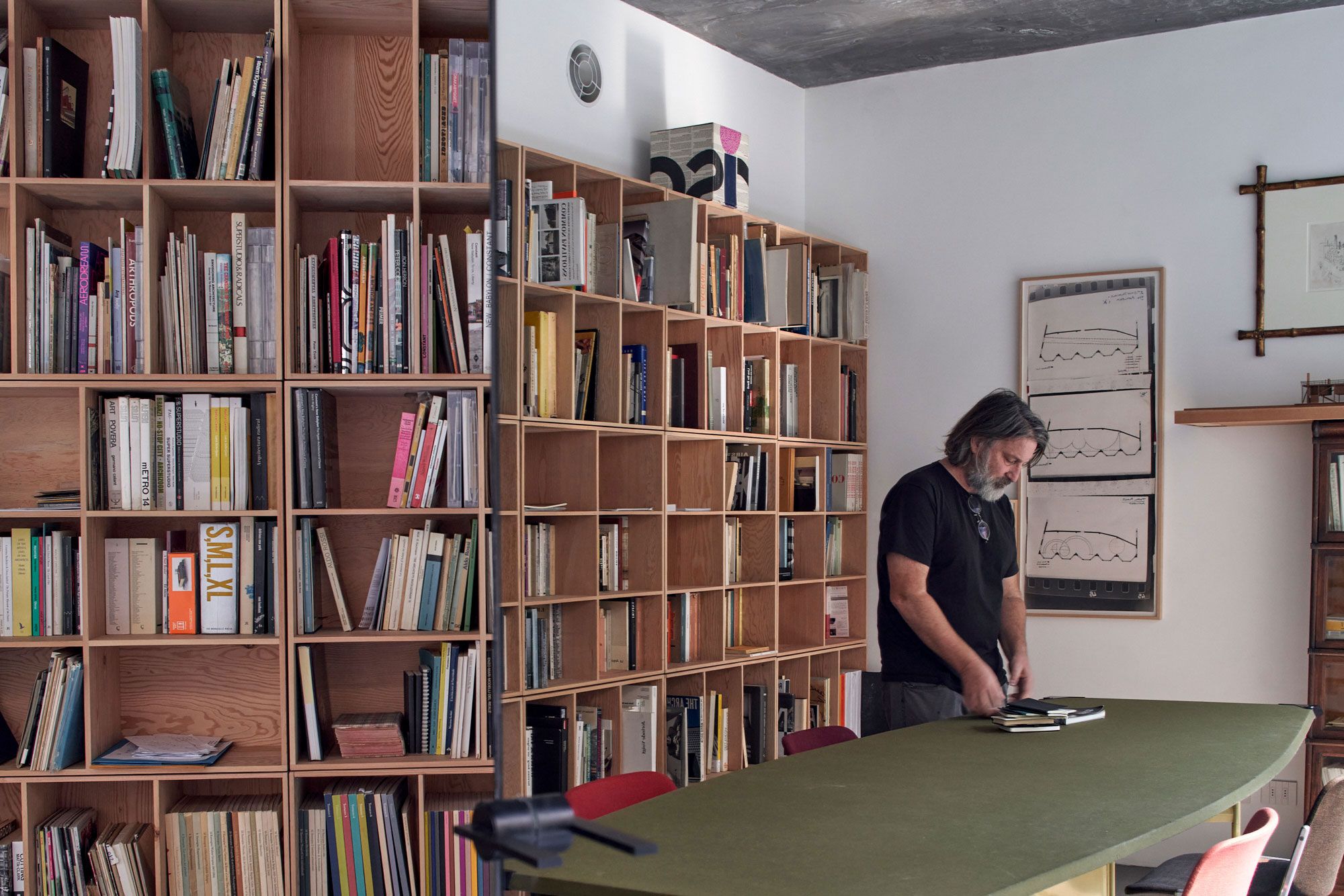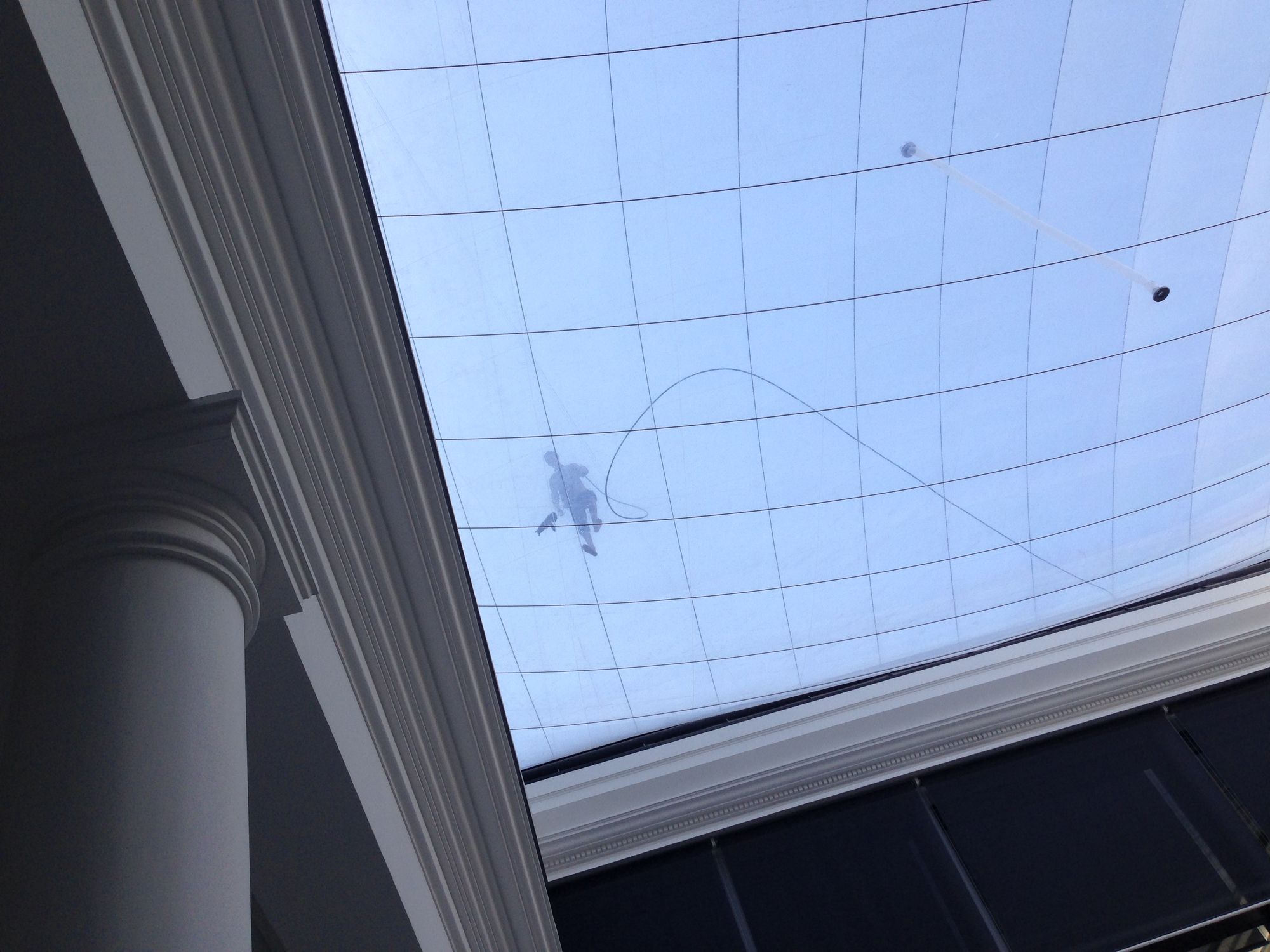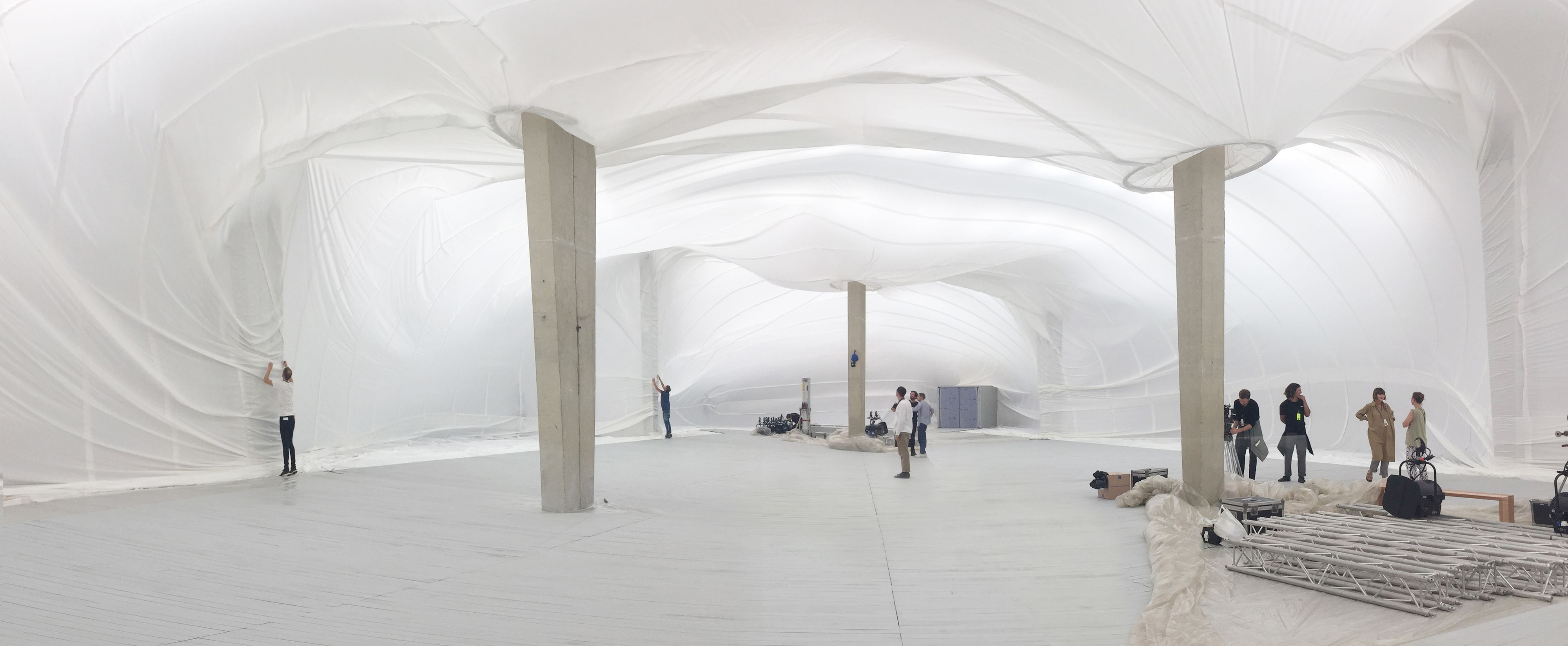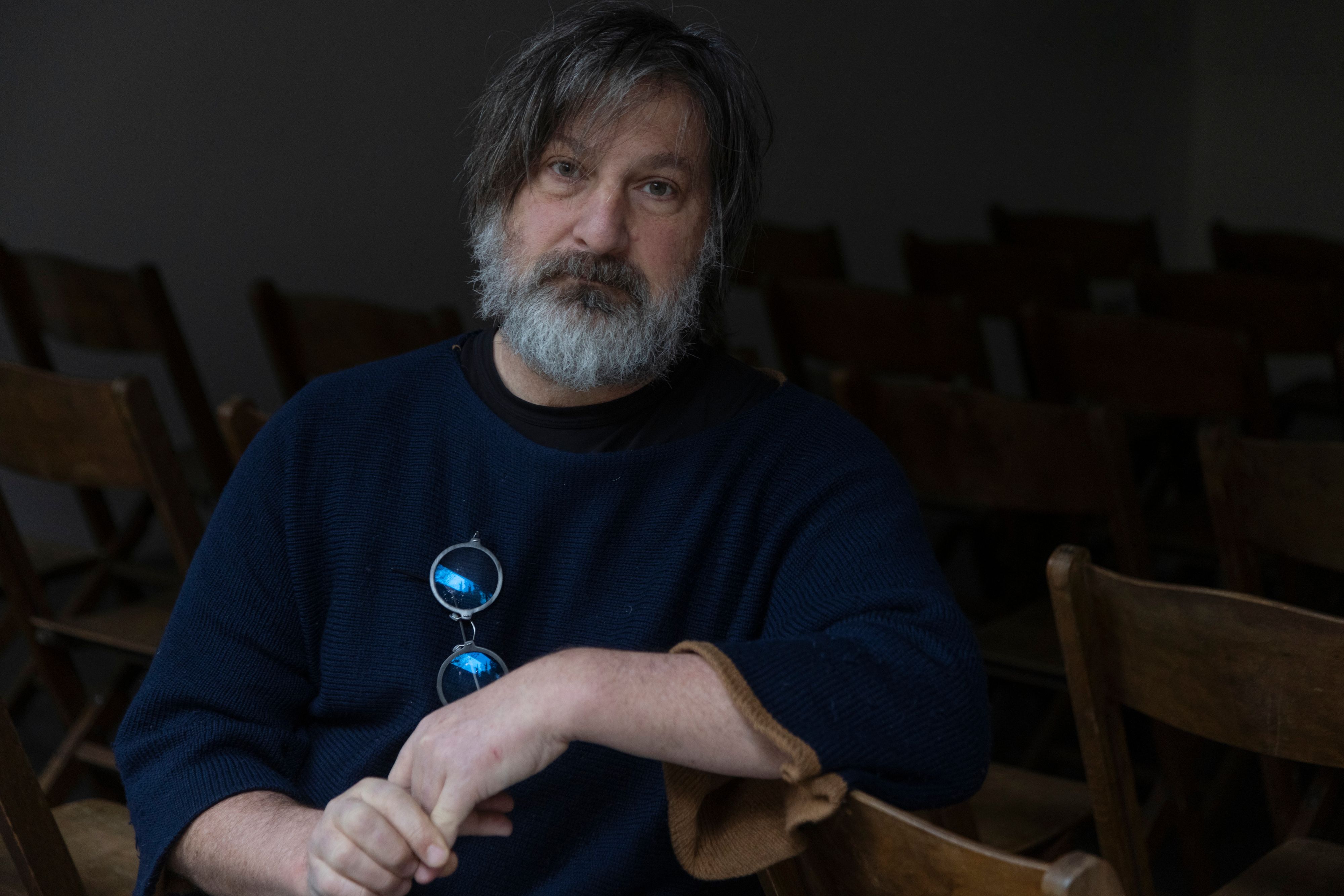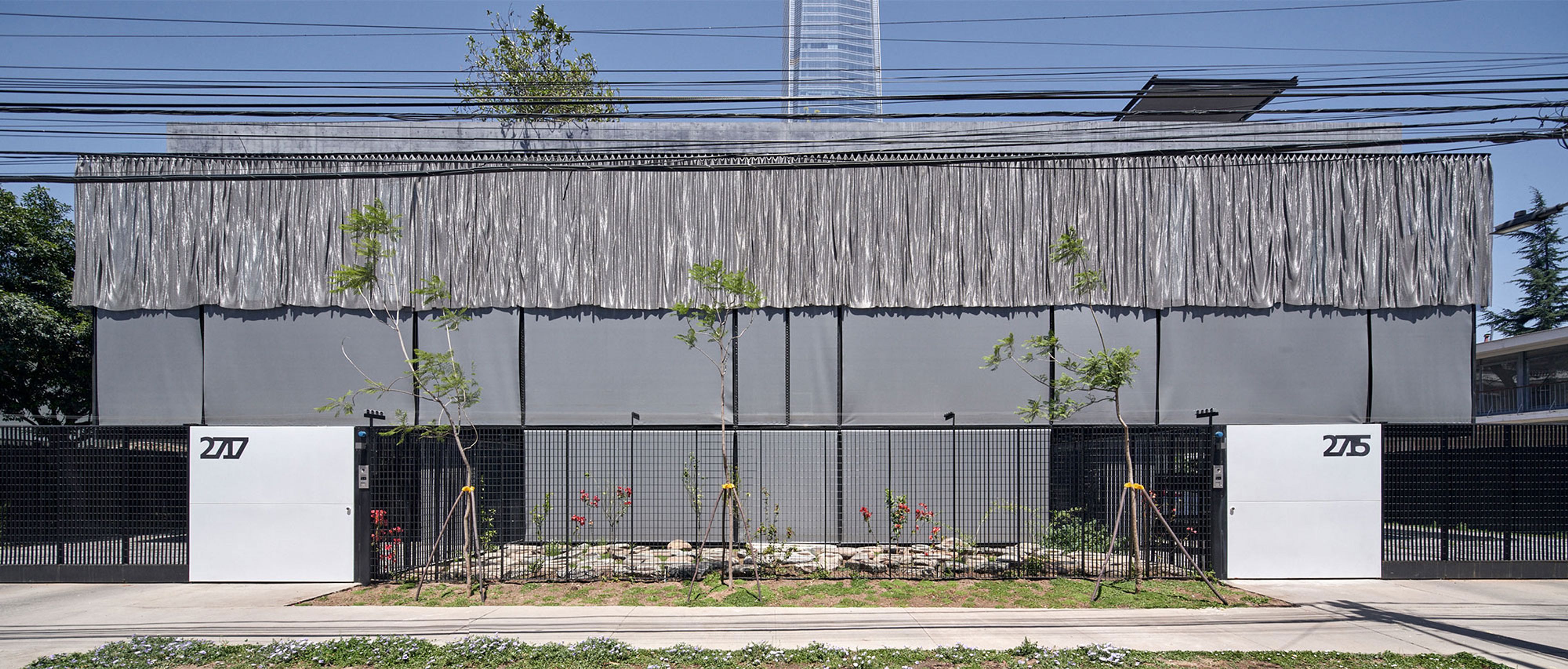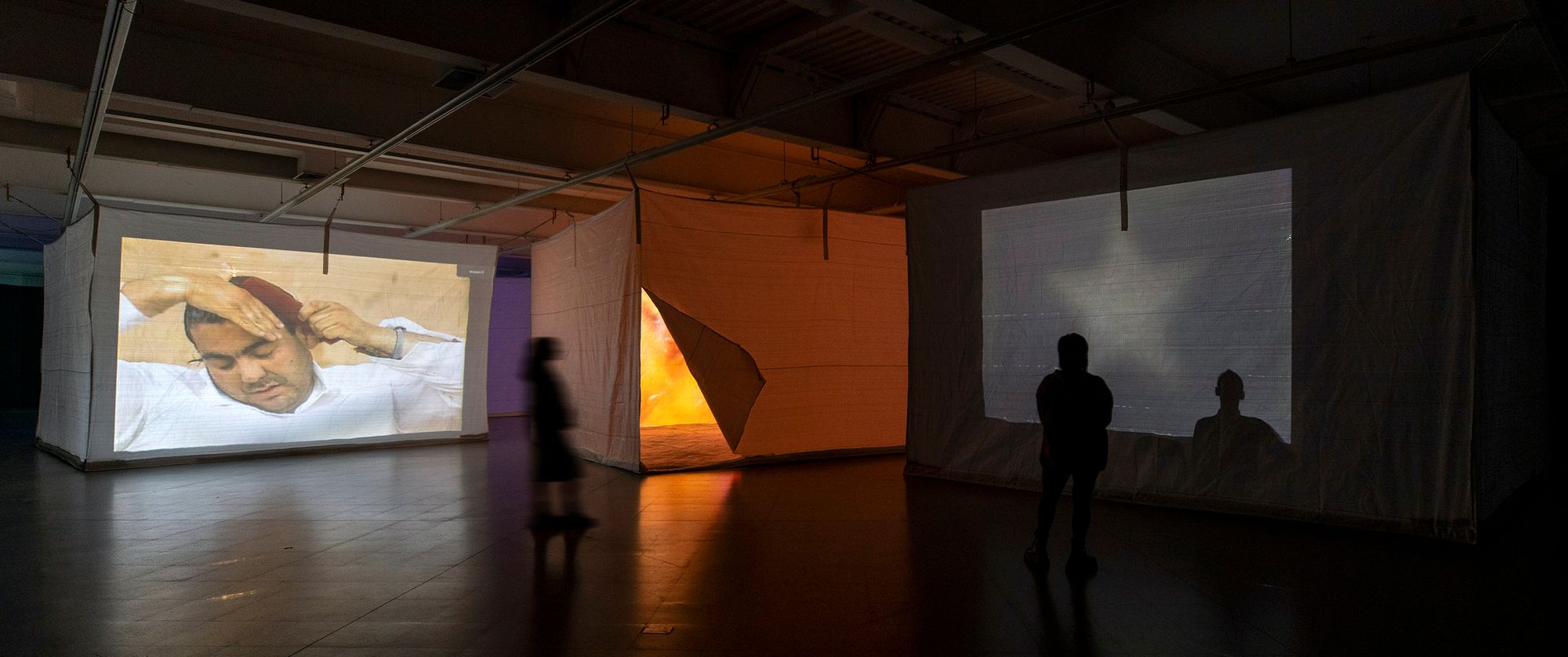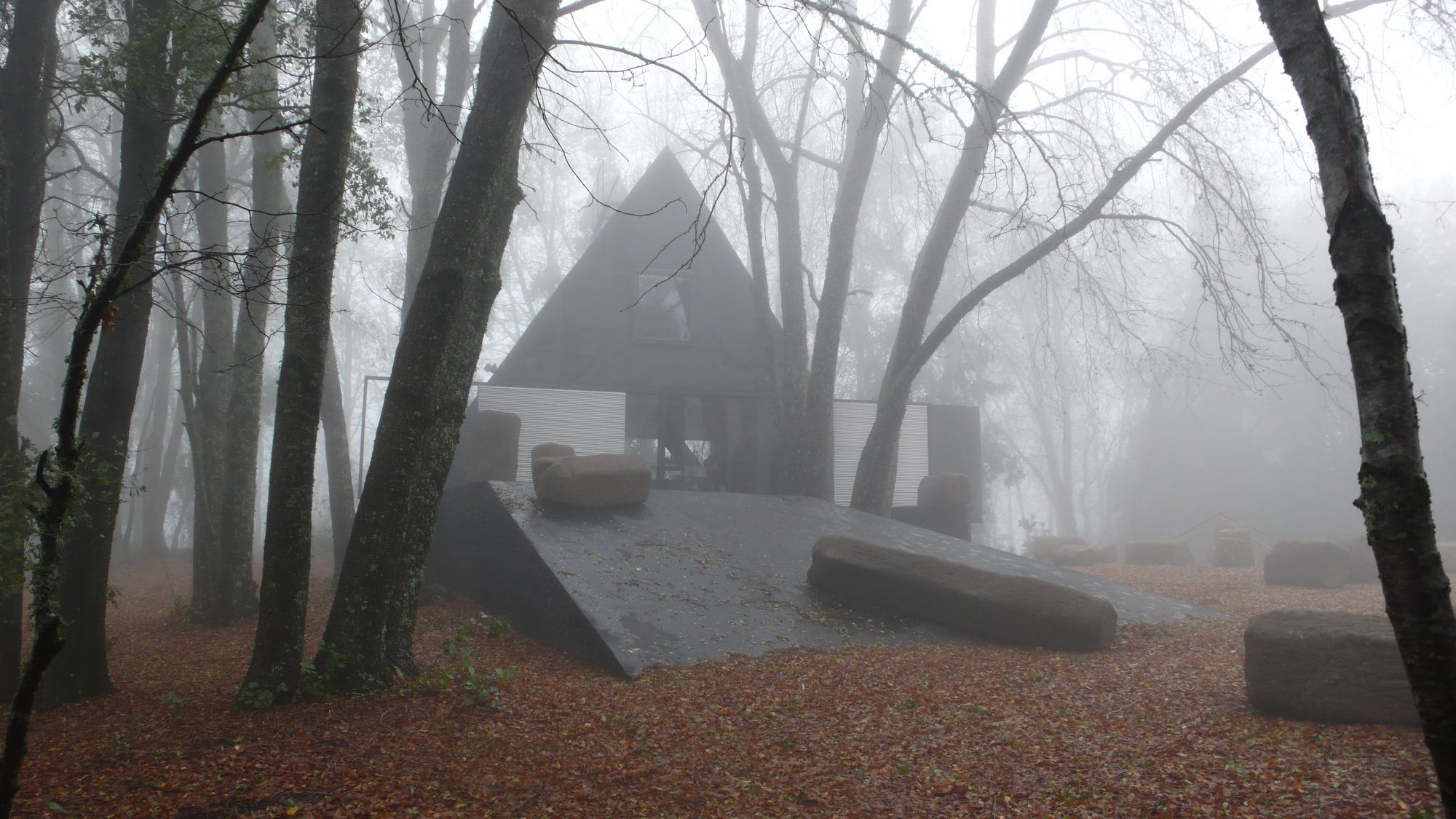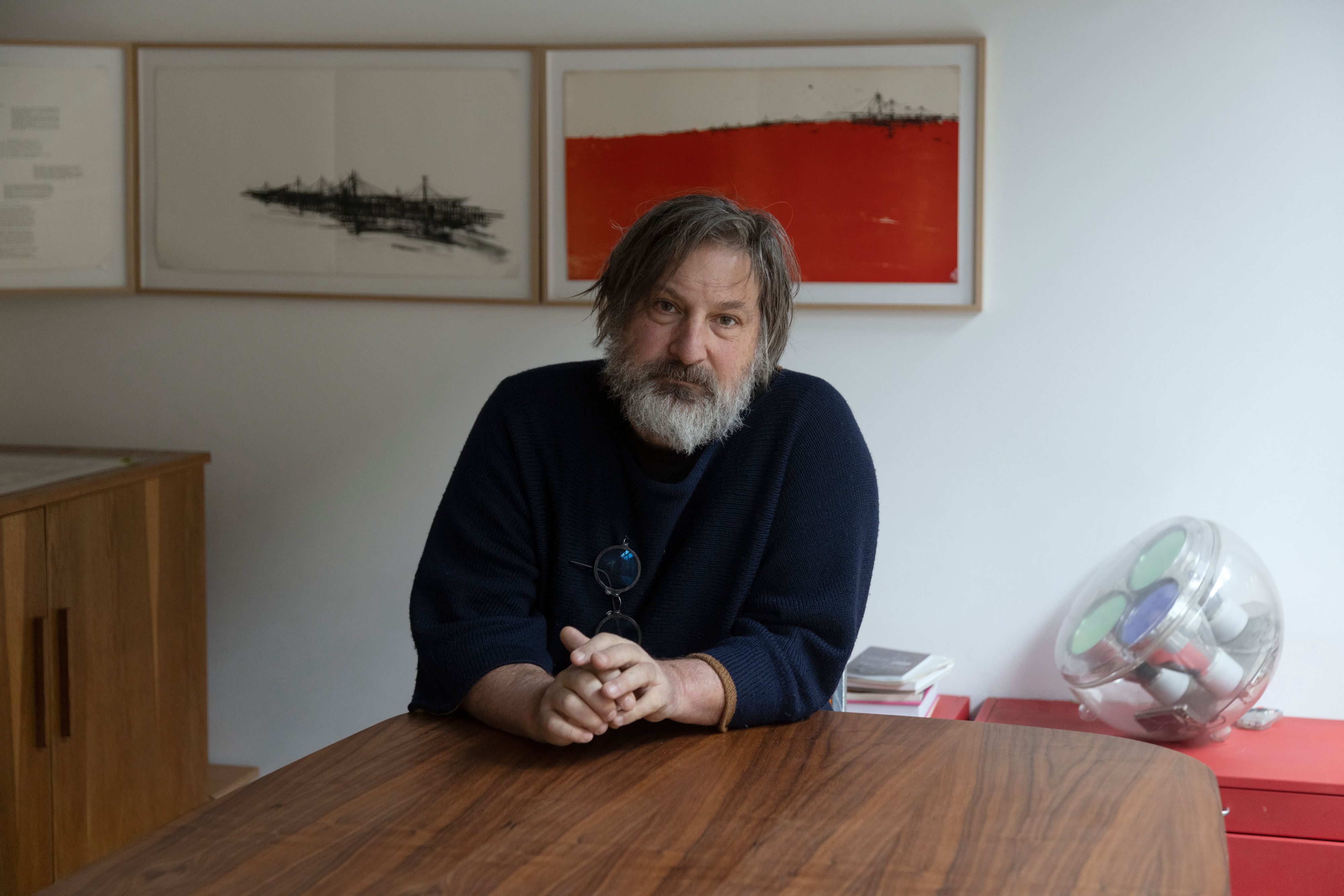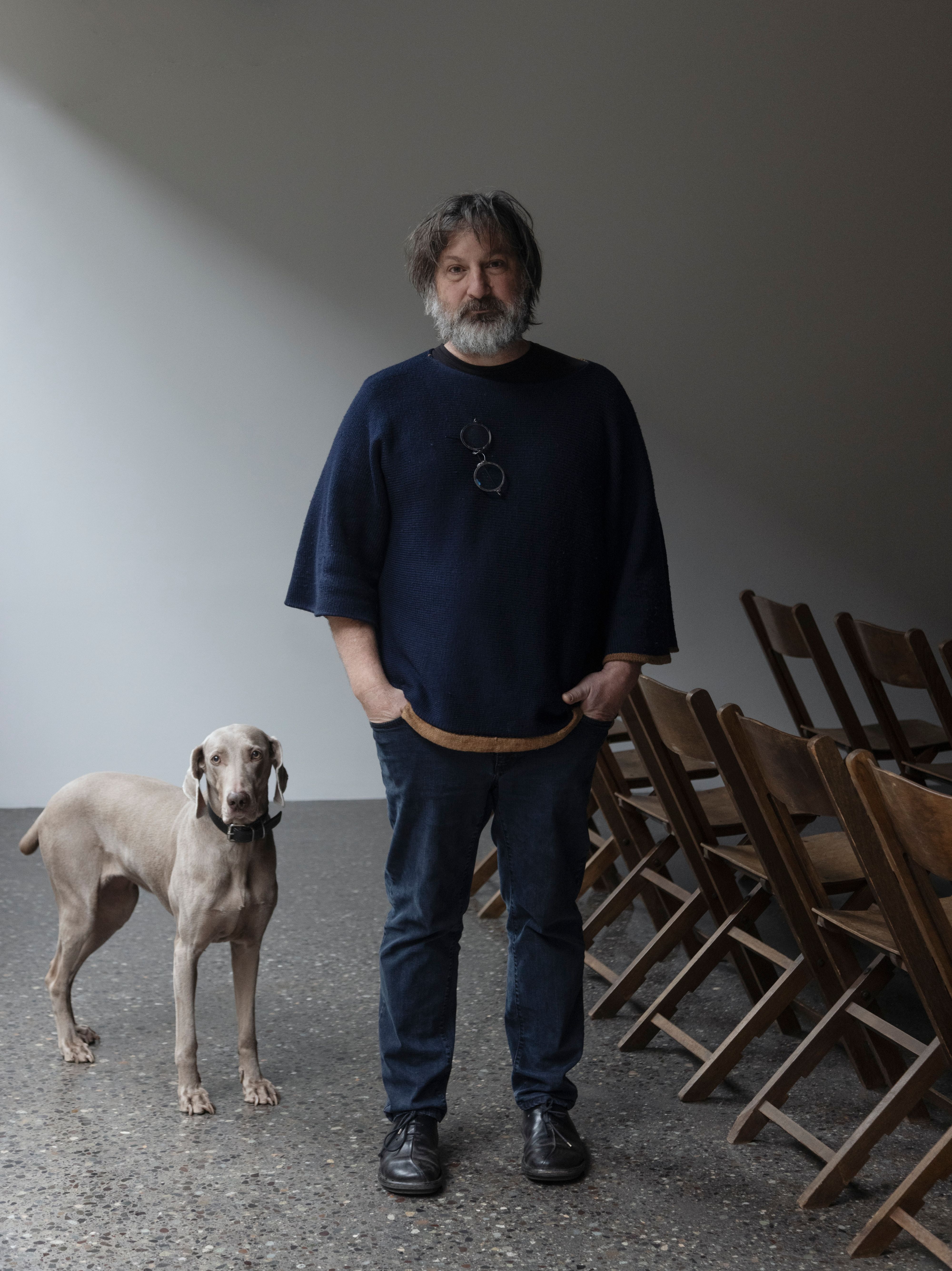Fredi Fischli & Niels Olsen: You recently opened the Fundación de Arquitectura Frágil, which functions as a display space for your collection, and so is a type of museum. Today, the lens through which we view museums has become tainted — for many people, they’re a place of ruin where objects go to die, an artificial hell, a machine, a monster. What are your thoughts on the matter?
Smiljan Radić: When you sent me your manifesto about the museum, it made me think about the differences between cultures around the world and their perceptions of what museums are. The last time I visited a museum was three months ago in Chile — we were working on a new exhibition, and I visited this prominent institution as a potential location. As I stepped into the director’s office, she said, “Wait. The smell in my office isn’t mine — I opened the window to get some fresh air, and a horrible stench from the park is wafting in.” To me, this illustrated the urban reality of museums in Chile. We have a different relationship with the concept. We are just working hard to ensure the museums we have are in good condition, which is essential for us. In our context, if cultural artifacts are not properly cared for, they end up in the trash. I have some intuition about the issues with museums that you’re considering, but they don’t feel particularly relevant or important to the context here. I understand the institutional challenges, but discussing them feels odd to me because, when I go to Europe, visiting museums is primarily what I do. Museums offer a fantastic panorama. I could extend this idea by saying that, in a way, all of your cities function as large museums for me.
FF & NO: Were museums censored, changed, or closed during Chile’s military dictatorship of 1973–90?
Take the example of the Museo Nacional de Bellas Artes, which has long been a major institution for artists in Chile, and whose directors are traditionally appointed by the state. This was the case during the dictatorship, so in those days the museum symbolized what one had to oppose — not only the concept of the museum itself, closed and conservative, but its association with the regime. Today, the Museo de Bellas Artes still receives support from the state, but has become flexible and open. Historically, it was associated with exclusion, which must not be forgotten; today it is a public-political space in the heart of the city. However, it is not significant to our government, which spends very little on culture. Artists in Chile are accustomed to working without financial support. The government views them as el último pelo de la cola — the last hair of the tail. It doesn’t matter whether it’s a right-wing or left-wing government, the situation remains the same.
NO: What was the situation when you extended the Chilean Museum of Pre-Columbian Art in Santiago in 2014?
It was very different because the funding came from the mining industry, not the state. At the time, the sponsors were flush with cash due to rising copper prices, and the fantastic director of the Chilean Museum of Pre-Columbian Art proposed a comprehensive project. The sponsors invested a substantial amount of money — they expanded the museum, renovated the archive, and paid the staff well. However, this was a rare occurrence, and wasn’t necessarily a long-term commitment. It felt more like a windfall from the sky.
NO: The museum grew by 70 percent: the pre-Columbian artifacts are now displayed in an underground vault, while the social space with a café is covered by a bubble. Can you talk about the ideas behind the project?
The idea for the bubble came about because the existing building had been landmarked by the Heritage and Preservation Commission. I thought they were going to give us a lot of formal rules if we wanted to build a roof over the courtyard, so instead of a conventional covering I proposed inflatable ETFE, making the structure essentially immaterial, composed of air. To my surprise, the Commission agreed to it. Enclosing the courtyard was not enough to supply all the extra square meters the museum needed, so, after considering an extension on a neighboring site, they decided to go underground. This added real value to the museum, since it kept everything on the same plot, creating a cultural block. It turned out really well, aligning perfectly with the national context in Chile. But decisions like these always depend on specific circumstances — it’s never a systematic process. Each museum project is a unique opportunity rather than part of a broader trend. You solve each problem as it arises. When someone wants us to design a museum, we usually say yes.
